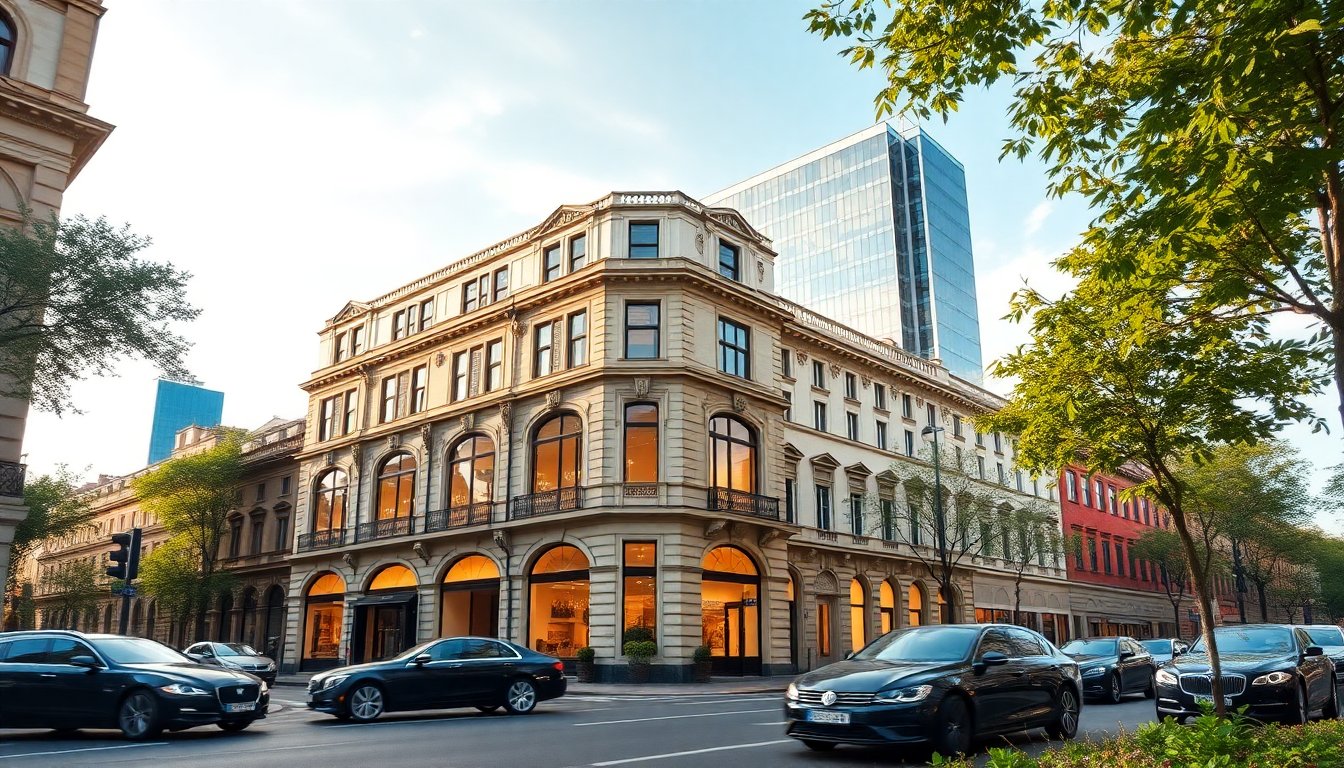Table of Contents
The Dynamics of Milan’s Luxury Real Estate Market
The luxury real estate market in Milan serves as a pivotal arena for both local and international investors. According to data from OMI, this sector has shown resilience amid various economic cycles. Over my two decades of experience in this vibrant market, I have observed significant fluctuations that have reshaped property investment strategies.
Central to these strategies is the enduring principle: “location, location, location.” In Milan, understanding the nuances of the market is vital. The right neighborhood can dramatically influence property values, making informed decisions essential for potential buyers and investors.
Current Market Overview with OMI/Nomisma Data
Recent reports from OMI and Nomisma indicate that the luxury real estate market in Milan remains resilient amidst global economic fluctuations. The average price per square meter for luxury properties has increased by approximately 4% year-on-year, reflecting strong demand from affluent buyers. This growth is attributed to several factors, including heightened interest from foreign investors and a limited supply of high-end properties in prime locations.
Neighborhoods such as Brera, Porta Venezia, and the historic center continue to draw significant attention. The blend of cultural richness and accessibility to essential services in these areas makes them highly desirable. Statistics reveal that properties in these districts serve not only as investments but also as status symbols, reinforcing the idea that the luxury real estate market is as much about lifestyle as it is about financial gain.
Analysis of Key Areas and Property Types
In the real estate market, location is paramount. Certain areas in Milan have consistently demonstrated superior performance regarding price appreciation and demand. For instance, Brera distinguishes itself with its rich artistic heritage and proximity to high-end boutiques and restaurants. This district has attracted a steady influx of buyers seeking both residential and investment properties, with luxury apartments commanding premium prices.
Additionally, the emerging neighborhood of CityLife has become a notable hotspot for modern luxury living. The development of new residential complexes, combined with green spaces and innovative architecture, appeals to young professionals and families. These locations are defined not only by the properties themselves but also by the lifestyle they provide, which is increasingly important to today’s buyers.
Price Trends and Investment Opportunities
The luxury real estate market in Milan presents a promising outlook for investors. The average return on investment (ROI) for luxury properties stands at around 6%, which is competitive compared to other investment options. Nonetheless, potential investors must exercise caution and perform thorough due diligence. The market’s volatility necessitates a clear understanding of cash flow dynamics.
For those contemplating entry into this market, it is advisable to target properties that are undervalued or located in emerging neighborhoods. The principle of capital appreciation is essential; investing in areas expected to experience growth can lead to significant returns. For example, properties situated near major transportation hubs or cultural landmarks typically appreciate at a faster rate, enhancing their appeal as investment opportunities.
Practical Advice for Buyers and Investors
In the luxury real estate market, location remains a critical factor. Buyers must assess their priorities, focusing on location, amenities, and the potential for appreciation. Engaging with knowledgeable agents is essential. These professionals can provide valuable insights into market dynamics and identify emerging trends.
Additionally, prospective buyers should evaluate the long-term investment potential of their properties. This includes considering maintenance costs and potential rental yields. Understanding the cash flow implications associated with luxury real estate is vital. While such investments can yield significant returns, being aware of ongoing costs, including property management, taxes, and vacancy rates, is crucial for achieving sustainable returns.
Industry experts emphasize that a comprehensive approach to investment is necessary. This strategy can help mitigate risks and enhance overall profitability in a competitive market.
Medium-Term Predictions for the Luxury Real Estate Market in Milan
The luxury real estate market in Milan is projected to remain resilient. Continued interest from both domestic and international buyers is expected to drive this trend. The city’s rich cultural appeal, along with ongoing infrastructure enhancements, will likely bolster price growth.
As remote work becomes more commonplace, the demand for spacious properties in sought-after neighborhoods is anticipated to increase. This shift highlights the importance of location in real estate investment.
In summary, despite potential challenges, Milan’s luxury real estate market offers significant opportunities for astute investors. By remaining informed and strategically navigating the landscape, buyers can leverage the unique potential this iconic city presents.


